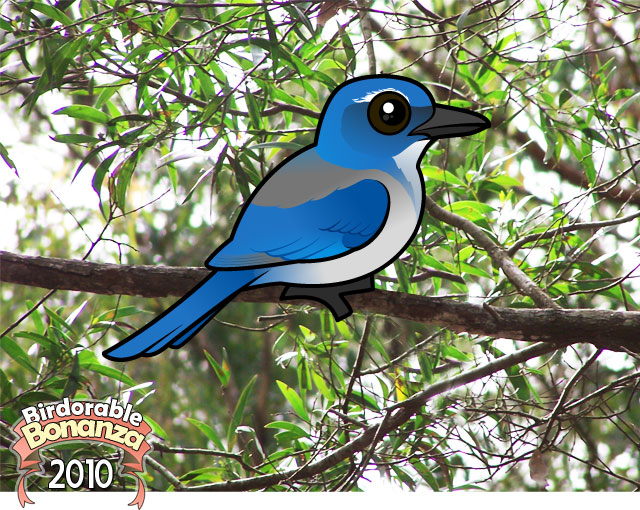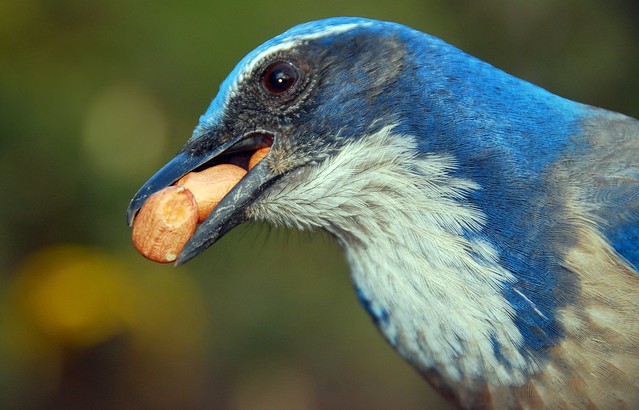Bonanza Bird #6: The Western Scrub-Jay

For 18 days we're adding a new Birdorable bird every day as part of our Birdorable Bonanza 2010. Today's bird is the Western Scrub-Jay! Western Scrub-Jays are members of the corvid family, along with crows and other jays. You can find these blue beauties in western North America, ranging from southern Washington to central Texas and central Mexico. They prefer low scrub and oak woods. These extremely clever birds store surplus food for future use. They are also known to steal food from other birds. They will even take measures to protect their own food stores from other thieving birds! You could say they have some food issues. ;)

Tomorrow's bird is an Australian finch with rainbow colors. Can you guess what it is?







Comments
Leave a comment
Thank you!